Severe Complications With Eustachian Tubes
Eustachian tubes are canals connecting the middle ear to the nasopharynx or the part of the ear that contains the back of the nasal cavity and upper throat. It is responsible for controlling pressure within the middle ear, making it similar to the pressure felt outside the body. The eustachian tubes remain closed most of the time and only open during chewing, yawning, or swallowing to let air through the passageway. When the tubes do not open the way they should, it can create feelings of pressure, discomfort, dizziness, or ringing in the ear.
Blocked Eustachian Tubes
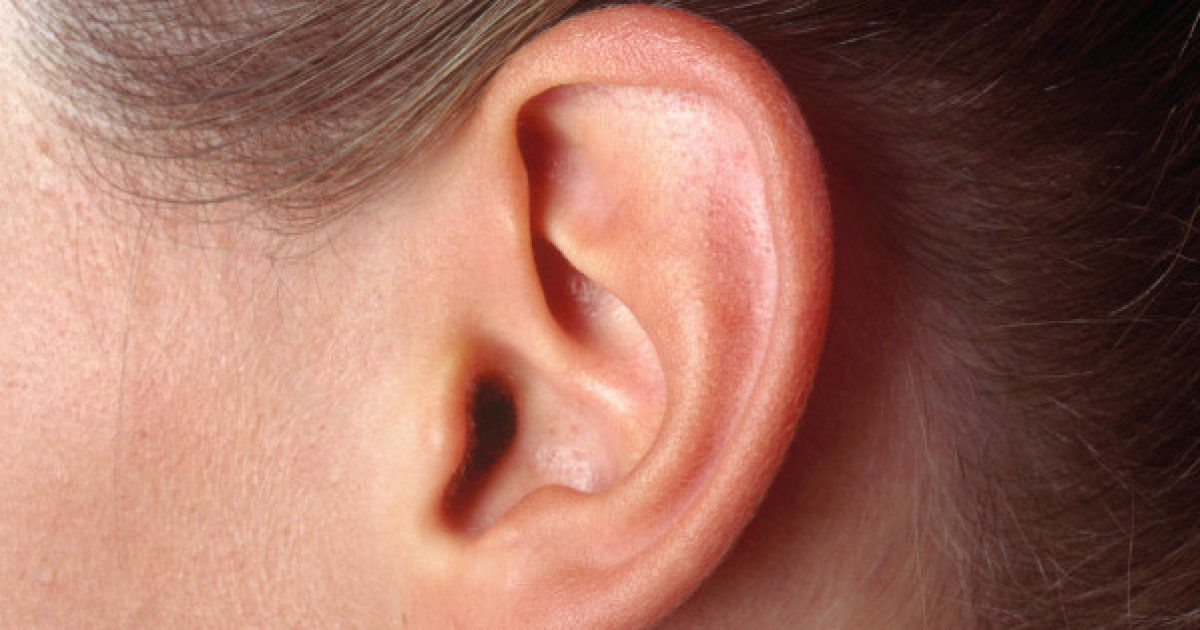
Swelling in the ear from allergies, a sinus infection, or the common cold may prevent the Eustachian tubes from opening, resulting in a collection of fluid in the middle ear. This fluid may cause pressure and pain. It can also cause changes in pressure while an individual is flying on an airplane or driving up a mountain. Acute otitis media is an infection occurring when the fluid in the ear becomes infected. Children are at a greater risk of ear infections because their eustachian tubes are shorter and it is easier for them to become blocked.
Symptoms Of Blocked Eustachian Tubes

Symptoms of a blocked eustachian tube include feelings of dizziness, hearing problems, a ringing or popping sensation in the ears, pain in the ears, or ears that feel full. A physician can look at the ears and determine if the eustachian tubes are blocked. It is very easy to open blocked eustachian tubes by closing the mouth, holding the nose with two fingers, and gently blowing to create a 'pop' in the ears. Chewing gum and yawning may also help. When the eustachian tubes open, most patients will hear a popping noise that represents the amount of pressure from inside and outside of the ears.
Tinnitus
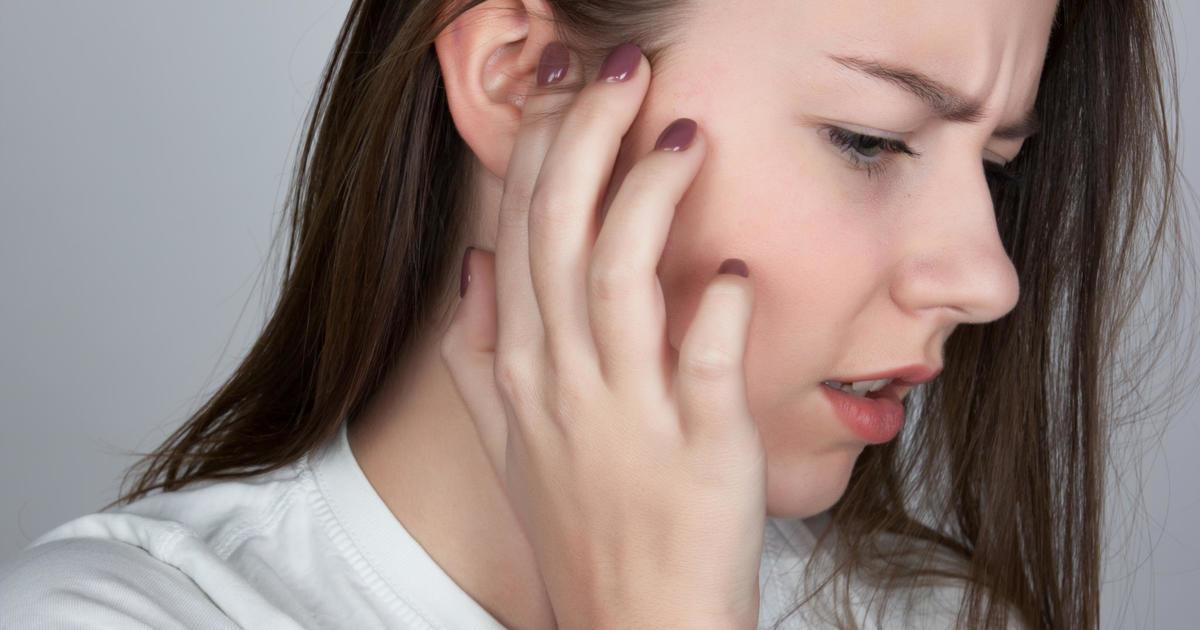
Tinnitus, ringing in the ears, occurs when there is a blockage in the eustachian tubes. It affects about one in five individuals and is often a symptom of an underlying condition, though not always. It has been known to worsen with age and improve with treatment. When the eustachian tubes are blocked, it may cause ringing in the ear instead of the individual being able to hear outside noise. Also known as a circulatory problem, tinnitus may result in mild hearing impairment or a type of head noise.
Eustachian Tube Dysfunction
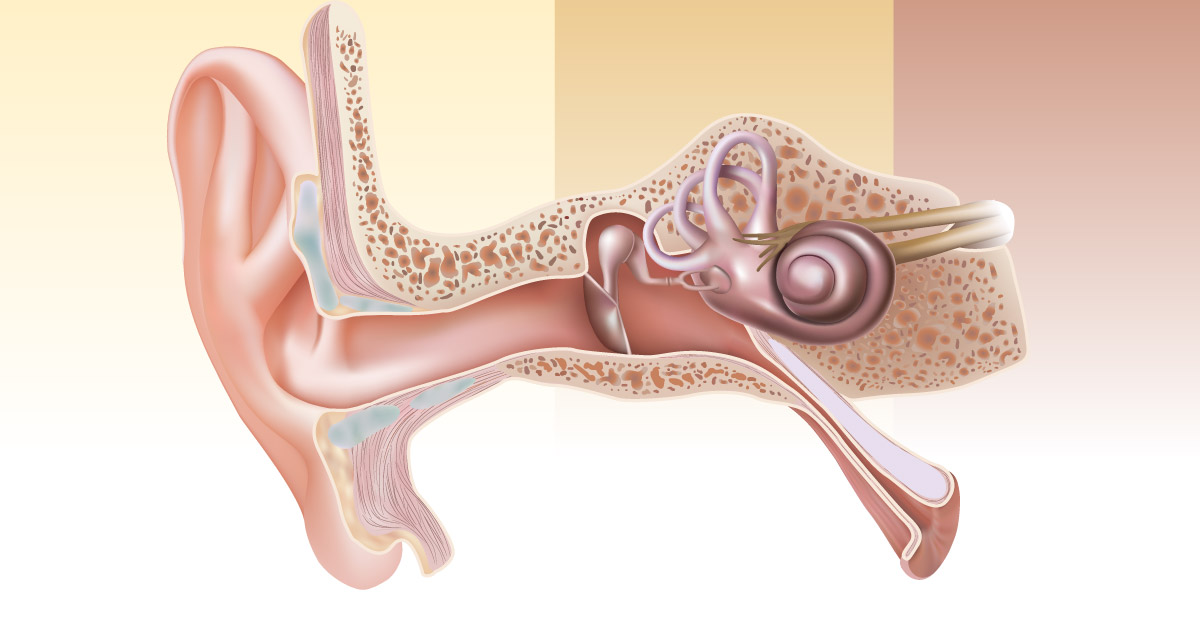
Eustachian tube dysfunction occurs when the eustachian tube does not open properly or is blocked. When this occurs, air cannot get through to the middle ear, which causes pressure on the external side of the eardrum and pushes it inward. Due to increased pressure, the eardrum becomes tense and does not vibrate as well when hit by sound waves. This causes a loss of hearing or a muffled sound, pain in the eardrum, and a feeling of fullness in the ear.
Eustachian Tube Dysfunction Causes

Causes of eustachian tube dysfunction include the common cold, or infections of the throat, nasal, ear, or sinus. Thick mucus or a blocked nose from the common cold or an infection may cause the eustachian tube to become blocked. This occurs when the infection causes the lining of the tube to come swollen or infected, which usually occurs during the common cold. These symptoms can last up to one week. It is caused by trapped mucus and inflammation, which takes a while to clear even after the germs causing the infection have been removed.
Dull Hearing

Eustachian tube dysfunction may result in dulled hearing or temporary hearing loss for as long as a week until symptoms of the infection or common cold heals. Symptoms may last longer than a week, even after the infection has cleared. Although no treatment is needed to unblock eustachian tube dysfunction, certain medications such as decongestants, steroid, nasal sprays, and antihistamines are available to help treat symptoms that may reduce inflammation and open up any blockage in the ear.
Glue Ear

Glue ear is a condition that occurs when the middle ear feels like it is filled with glue. This occurs when the eustachian tubes prevent free-flow of air into the middle ear due to congestion, which causes a difference in air pressure between the outer and inner ear. When this happens, the eardrum becomes tight and reduces its ability to vibrate, which is needed to hear sounds. The condition is often worsened when fluid accumulates in the ear, causing a glue-like feeling.
Ear Infection
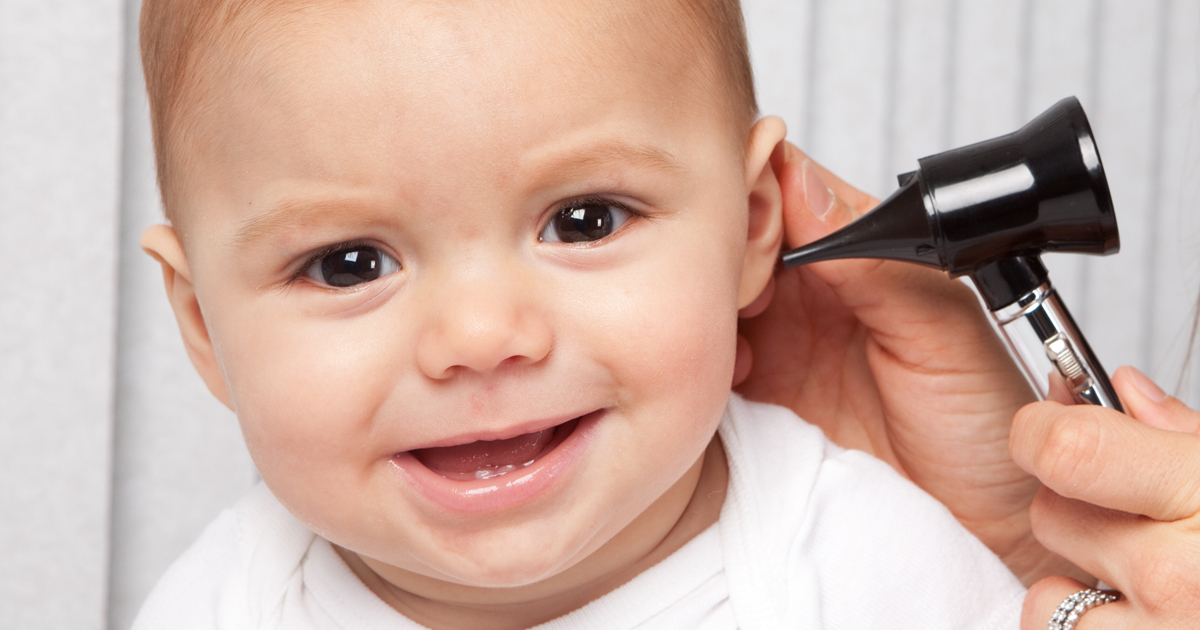
Eustachian tube complications may arise as result of an ear infection. These tubes are responsible for creating an airway passage from the narrow tubes of the ear to the middle ear all the way to the high back of the throat, behind the nasal passages. The throat opens and closes to refresh the air in the ear, drain normal secretions from the middle ear, and regulate air pressure. During an upper respiratory infection, the Eustachian tubes become blocked and filled with fluid, which causes an ear infection.
Ruptured Eardrum
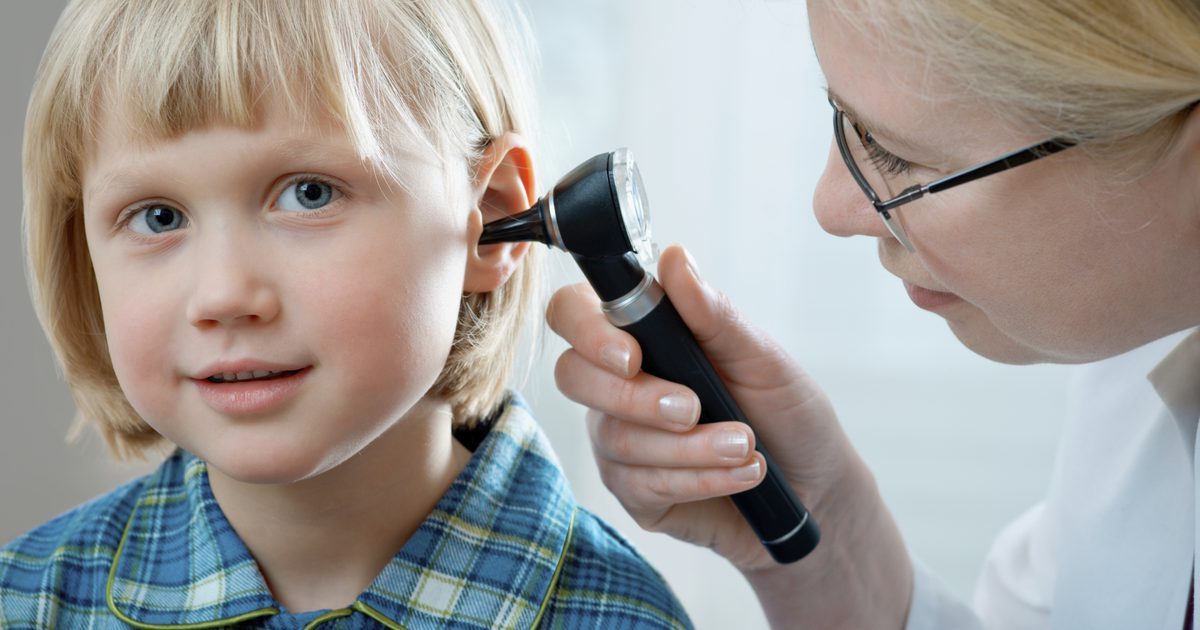
A ruptured eardrum occurs when there's a tear or hole in the thin layer of tissue separating the ear canal from the eardrum, which can occur for a number of reasons, including issues with the eustachian tubes. This condition can cause hearing loss, and it can also make the middle ear vulnerable to injury or infection. While ruptured eardrums usually heal after a few weeks without needing treatment, a surgical repair or other medical procedure may be necessary to help it heal. One of the symptoms is ear pain which might subside quickly. Patients may also have bloody, pus-filled, or clear drainage from the ear, along with possible hearing loss. There may be tinnitus, along with a spinning sensation due to the affected balance.
Eardrum Retraction
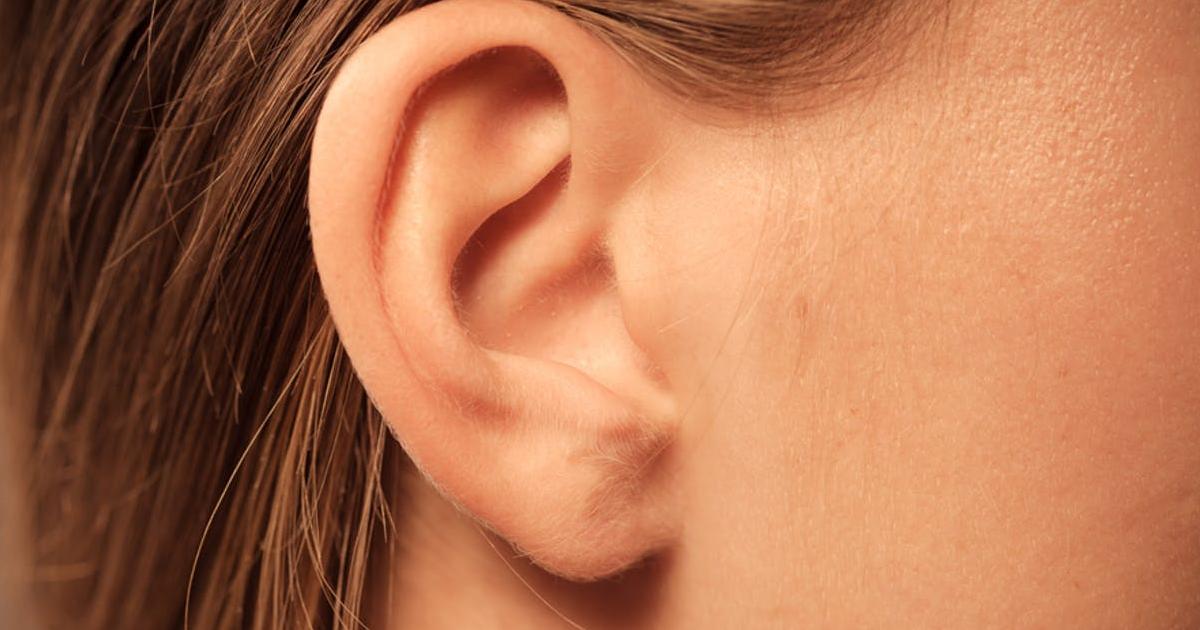
When there are problems with the eustachian tubes, it could lead to an eardrum retraction. The eardrum, also referred to as the tympanic membrane, is a thin tissue layer separating the outer portion of the ear from the middle ear. A retracted eardrum occurs when the eardrum is pushed further inward, toward the middle ear rather than the outside of the ear. In the majority of cases, retracted eardrums don't cause symptoms. There are some cases, though, where the eardrum retracts far enough to press on the structures inside the ear or the bones in the ear. In these situations, patients might experience fluid draining from their ear, an earache, or temporary hearing loss. If the situation isn't treated, the condition can lead to permanent hearing loss.
Hearing Loss
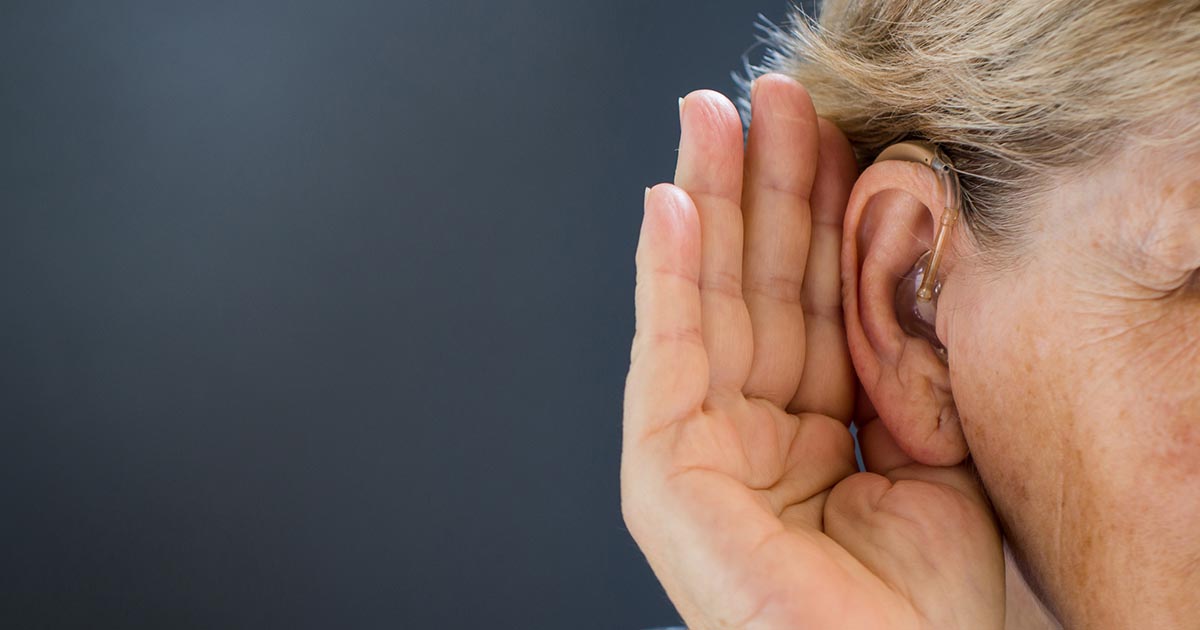
A blocked eustachian tube can lead to hearing loss. Unless the condition causes damage to structures within the ear, the hearing loss tends to be temporary. Many individuals are familiar with the feeling of having their ears 'pop' during air pressure changes, especially if they're in an airplane. The difference in pressure can make sounds seem muffled. Swallowing and yawning are both ways to open the eustachian tubes and help the air pressure outside equal the air pressure inside. Sometimes the problems with pressure aren't related to altitude changes, though. Patients might experience hearing loss from a blocked eustachian tube if there's negative pressure or fluid trapped inside the middle ear.
Impacted Earwax
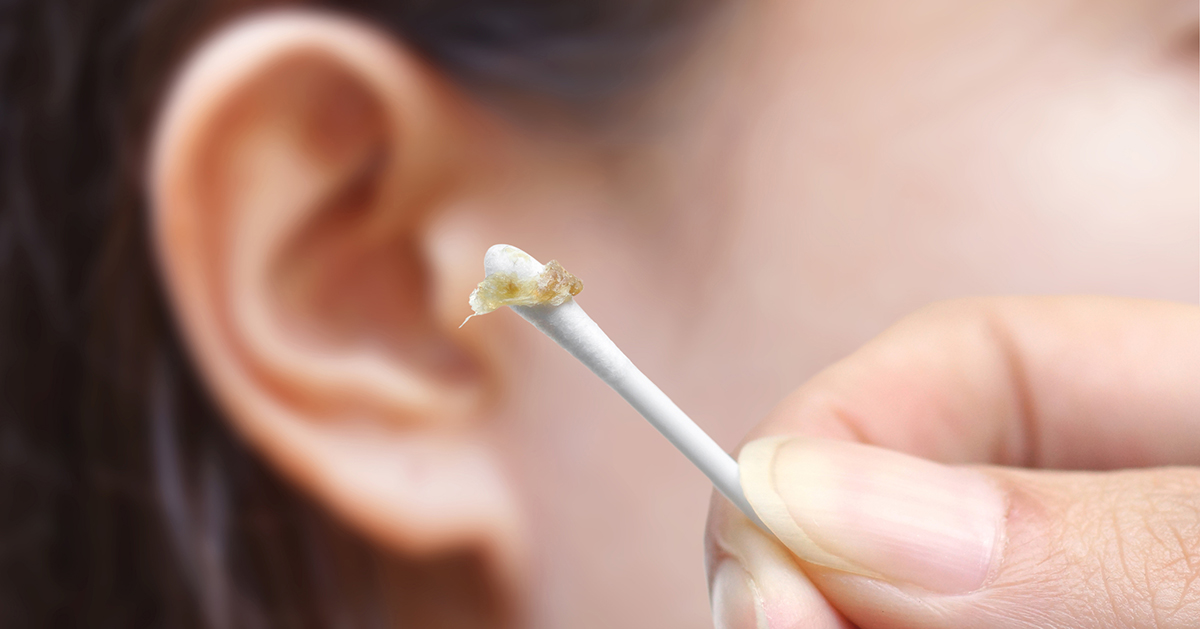
Earwax is a yellowish and waxy substance lining the inside of the ear canal. Wax is used to protect the ear from foreign objects, injury, infection, and water. But when there's too much wax built up, it can cause problems. The buildup is referred to as impacted earwax. Impacted earwax can be related to eustachian tube dysfunction when it blocks the eustachian tube, or when the eustachian tube is too narrow to cope with the amount of earwax in the ear. The ear contains glands that make secretions which combine with dead cells to make earwax. Over time, earwax migrates from the inner ear canal to the outer portion of the ear. But if the ear canal is blocked, the wax may build up without naturally migrating to the outside of the ear. Impacted earwax may also occur due to individuals sticking things into their ears, such as cotton swabs, which is why this should not be done.
